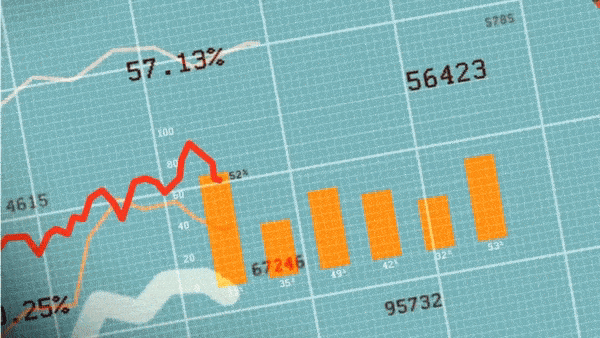Hello!!
Welcome to the new edition of Business Analytics Review!
We hope you enjoyed our previous newsletter on Prescriptive Analytics.
Today, we're delving into the world of Time Series Analytics, which is the study of data points collected or recorded at specific time intervals, enabling the identification of patterns, trends, and seasonal variations to make informed predictions and decisions based on historical data.
Time series analytics is a field of data science and statistics that focuses on analyzing sequences of data points collected or recorded at specific time intervals. The primary goal is to understand the underlying structure, patterns, and trends in the data, and to use this understanding for forecasting future values. Time series data is common in many domains, including finance, economics, weather forecasting, engineering, and more.
Components of Time Series Analytics
Trend: The long-term progression of the series, indicating an overall increase or decrease over time.
Seasonality: Regular, repeating patterns or cycles of behavior over a specific period (e.g., daily, monthly, yearly).
Cyclical Patterns: Fluctuations that occur at irregular intervals, often influenced by economic or environmental conditions.
Noise (Irregularity): Random variations in the data that do not follow a pattern.
In our last email we talked about Prescriptive Analytics. Please read here
Or search ‘businessanalytics@substack.com’ in your mailbox.
STUDY DATA VISUSUALIZATION.
105 Python codes on Data Visualization. Learn More
Popular Time Series Analytics Techniques
Autoregressive (AR) Model: In an AR model, future values are predicted based on a linear combination of past values. The model assumes that past values have a linear relationship with the current value.
Moving Average (MA) Model: The MA model predicts future values based on past forecast errors. It models the time series as a linear combination of past forecast errors.
Autoregressive Moving Average (ARMA) Model: ARMA combines both AR and MA models to capture both the autoregressive and moving average characteristics of the data.
Autoregressive Integrated Moving Average (ARIMA) Model: ARIMA extends the ARMA model by adding a differencing step to make the time series stationary. It’s one of the most widely used models for time series forecasting.
Seasonal ARIMA (SARIMA) Model: SARIMA extends ARIMA to handle seasonal effects by incorporating seasonal differencing, autoregressive, and moving average terms.
Recommended Reads
What is Time Series Analysis? Definition, Types, and Examples by Datamation
Read More
The Rise of Time-Series Foundation Models for Data Analysis and Forecasting by Unite.AI
Read More
Exploring the Latest Advances in Foundation Time-Series Models by Medium
Read More
Tool of the Day: InfluxDB
InfluxDB is a specialized data platform designed for efficiently handling time series data from various sources, including users, sensors, applications, and infrastructure. InfluxDB enables developers to create innovative IoT, monitoring, and analytics services, offering flexible deployment options (cloud, edge, on-premises) and a wide range of supporting tools. Optimized for developer productivity, InfluxDB allows developers to focus on adding value and gaining a competitive edge in their projects.
Trending in Business Analytics
Let’s catch up on some of the latest happenings in the world of Business Analytics:
Role of data analytics in fraud prevention for fintech The growth in digital payments has come with its own set of challenges. The exponential increase in digital payments has led to an increase in instances of online fraud.
Read More
Condor selects Cirium as its strategic partner for aviation analytics New agreement sees Cirium supply Condor with real-time, historical and schedules flight data to support operations
Read More
Generative AI will force diversity in AI systems In this podcast episode, David C. Williams, vice president of automation at AT&T, explains why vendors have no choice but to include diversity in their data sets.
Read More
If you found this edition valuable, consider gracing us with a like.
We'd love to hear your two cents (or maybe a whole dollar if you really loved it!) in the comments below.
Stay tuned for our next edition on Data Mining Techniques!






